The Big Picture on Accessory Dwelling Units
-
- An accessory dwelling unit (ADU) is a separate living space on the grounds of a single-family home, with its own entrance, kitchen, bath, and living/sleeping areas.
- ADUs can be used as extra living space for yourself or to house relatives, or rented out to tenants for additional income.
- Building an ADU costs anywhere from a few thousand dollars for a basic conversion to over $100k for a custom stand-alone unit.
- An accessory dwelling unit (ADU) is a separate living space on the grounds of a single-family home, with its own entrance, kitchen, bath, and living/sleeping areas.

Ever heard of the acronym ADU thrown around and wondered what it means? Or, for that matter, what does an accessory dwelling unit mean?
They go by many names: guest house, casita, granny flat, granny pod, in-law suite, income suite, or backyard cottage. Whatever term you use, it all boils down to the same thing: an extra living space separate from the main single-family dwelling.
What Are ADUs: Accessory Dwelling Unit Meaning
An accessory dwelling unit is a separate housing unit on the grounds of a single-family home for independent living. It must have a separate entrance and its kitchen (or kitchenette), full bathroom, and living and sleeping space.
Some homeowners use ADUs as in-law units to house relatives under a conveniently separate roof. That keeps them from stepping on your toes compared to living under the same roof.
Others rent out ADUs for additional income to help cover their mortgage payment. More on that shortly.
Statistics Related to ADU
Since we’re all curious about it, let’s take a look at some useful statistics related to ADUs.
|
Statistics Related to ADU |
|
Per Harvard’s Joint Center for Housing Studies, ADUs can raise a property’s value by 20%. |
|
43% of realtors surveyed by the National Association of Realtors saw increased ADU demand. |
|
The National Multifamily Housing Council reported a 25% rise in ADU demand in 2020 due to COVID-19. |
|
A UC Berkeley study found that ADUs in San Francisco increased by 83% since 2015. |
|
53% of those surveyed by the National Multifamily Housing Council would consider renting out an ADU. |
|
The median cost to build an ADU is $70,000, according to Zillow. |
Types of ADUs
You can, of course, build a standalone ADU, such as a carriage house or the classic backyard cottage. However, a detached unit is far from the only option for adding an ADU.
Alternatively, you can convert your basement or garage into an ADU. That’s easier in some homes than others, depending on whether they already have a separate entrance, how finished they are, and the existing plumbing and electric lines.
Rather than a garage—or basement conversion ADU—you can also build an above-garage ADU if you have plenty of vertical space. That lets you keep using the garage for storage space and parking while adding an accessory apartment above.
As a more expensive option, you can build an addition to your primary house as an attached ADU. Also known as a bump-out ADU, it adds to your home’s footprint and livable square footage.
Uses & Benefits of ADUs
Why bother setting up an accessory dwelling unit at your home? Let’s list off the reasons.
Use as a Flexible Living Space
You can use an accessory dwelling unit yourself as additional living space.
You’ve heard every joke about mancaves and she-sheds in the book, so I won’t add any more groaners here. But I wouldn’t judge you if you need somewhere to retreat when the kids get too rambunctious.
Put Up Family Members & Guests
Before we, as a society, started using awkward monikers like “accessory dwelling units,” people just called these extra living spaces in-law suites or granny flats. Because that’s precisely what they used them for, putting up pesky in-laws in a separate living space, so their snores and complaints didn’t annoy you as much.
Funny right? Kidding aside, according to a survey, 60 percent of ADU homeowners built them to house families so their grown children or retired parents can live closer to them. However, you can still use an ADU to set up in-laws.
However, a lot of you might agree that it would be more fun to earn cash flow on it.
House Hack as a Long-Term Rental
Instead of letting your deadbeat brother-in-law move in, you could rent out the ADU. It’s a form of house hacking, and the rent might even cover your entire mortgage payment.
You have several options for renting out an ADU. You could sign a long-term lease agreement with a tenant and collect monthly rent. On the plus side, you earn a stable passive income, and if you screen your tenants well, you are a quiet and respectful neighbor. You don’t have to furnish the unit; you can charge them for part of the utility bills.
Plus, you get to pat yourself on the back for providing an affordable housing option.
That said, if the tenants fail to pay or cause damage to your property, you must go through the long, expensive eviction process. I hope it doesn’t happen.
House Hack as a Short-Term Rental
Instead, you could rent out the ADU on Airbnb as a short-term rental property. That comes with its own pros and cons—on the one hand, you don’t have to put up with neighbors every day, and you don’t have to worry about evicting deadbeat renters. However, it also means less reliable rental income, the burden of furnishing the unit, and more labor in cleaning the unit and coordinating with guests.
Check out this house-hacking case study for how one man covered his mortgage with his neighbor’s rent.
Downsides of ADUs
For all those advantages of ADUs, there isn’t a free lunch. In fact, there’s nothing free about them. Consider the following cons before building an accessory dwelling unit.
- Construction Costs: At the risk of stating the obvious, it costs money to build an ADU. Often tens of thousands of dollars, sometimes hundreds of thousands. More on the cost of building and ADU momentarily.
- Permits & Red Tape: Depending on where you live, you might face an uphill battle to get the permits or zoning approvals to add an ADU to your property.
- Maintenance Costs: All buildings require repairs and maintenance. Adding to your home’s livable space adds to your ongoing maintenance costs.
- Loss of Space: If you build a new structure on your property, you lose the use of that ground. Likewise, if you convert your basement to an ADU, you lose the use of the basement for storing Christmas decorations or dead bodies or whatever else you were using it for.
How Much Does an ADU Cost?
$43,286.95 and your eternal allegiance to your nearest HOA.
Just kidding. You should know better than to expect a one-size-fits-all answer to that question!
Still, we have some numbers. Prefab standalone ADUs cost between $50,000 to $250,000. Size matters, of course, as do the finishes and materials.
Along similar lines, you can also look into tiny homes on wheels. With an electric and plumbing hookup, you could be good to go. And you can take it with you when you move and keep house hacking at your next home.
The cost of converting your basement or garage into an ADU depends on how much modification you need. You might update an already finished basement with an existing separate entrance for just a few thousand dollars, including a full bathroom and kitchenette. Or you could spend $50,000 converting a drab, unfinished garage or basement into a cozy living space.
Bear in mind that if you have to pull permits for the work you will likely do, the county might bump up your property tax assessment. The better to tax you with, my dear.
Can I Finance an ADU?
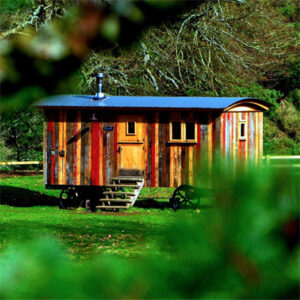
You have a few options to finance adding an ADU to your home.
To begin with, you can tap your home equity. That could mean drawing on a HELOC, taking out a home equity loan, or refinancing your mortgage. Try Credible for competitive interest rates.
You can even take out HELOCs on rental properties if you have equity in one.
But you don’t need equity in your home to borrow against. As a real estate investor, you can open unsecured business lines of credit and credit cards. Check out business credit concierge Fund&Grow, who helps you open up to 50K in business credit lines as a real estate investor. You don’t even need a legal entity — watch this video explaining how Fund&Grow works.
If you want to add an ADU to an investment property, whether a flip or a rental, you can roll the costs into your renovation loan. We particularly like Kiavi and LendingOne for purchase-rehab loans, but you can compare investment property loan terms here.
Or you could just buy a property with an existing ADU that lends itself to inexpensive additions. You may even be able to get a 0% down payment mortgage through a VA loan, USDA loan, or NACA program. If you don’t qualify for any of those, borrowers with strong credit can use Fannie Mae’s 3% down payment program, and those with weaker credit can use the classic 3.5% down FHA loan.
What’s the Return on ADUs?
You tell me—you’re the one who knows the details of your project. It’s like asking, “How much do ADUs cost?” The answer: it depends on your project.
Accessory dwelling units can deliver two types of returns: adding property value to your home and cash flow. That’s assuming you rent it out rather than using it as a granny flat or mancave, that is.
ADU Cash Flow
Evaluate ADU cash flow like any rental property. Like any other property, you can run the numbers through a rental income calculator. You must also factor in construction/renovation costs and projected market rent. Also account for 10-15% of repair/maintenance costs and the market vacancy rate.
For example, if a $12,000 basement ADU conversion rents for $1,000 per month, gross rent would recoup costs in one year. However, with ongoing expenses, the 50% rule means the net rent would take two years to break even.
ADUs can be efficient, given integration into an existing home. Limited additional costs for taxes, insurance, roof, foundation, etc. In other words, ADUs sometimes come with fewer expenses than separate rental properties.
Does an ADU Add Value to Your Home?
Yes, ADUs can bump up a home’s value, especially if they provide rental income. Typically, the higher the rental income is, the more value an ADU adds. Although ADU square footage usually can’t be included in MLS listings, you can highlight it to attract buyers looking for extra space and income streams.
However, construction costs could exceed the value added, so research your market and consult a real estate agent beforehand.
Ordinance & Zoning Permit
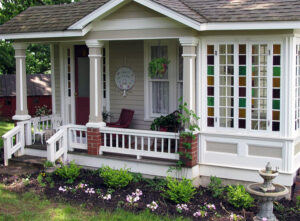
You must understand ADU ordinances in your area, as it almost always requires permits, including for garage or basement conversions, unless no new plumbing or wiring is needed. You may also need a building permit to construct a new ADU structure.
Some cities limit ADUs to 500-1,000 square feet or require a minimum 3,200 square foot lot. Often, only one ADU is allowed per single-family home. Some cities prohibit ADUs on rental properties, though rules have been relaxed recently to increase affordable housing supply. Homeowners associations may add style, size, and safety requirements to municipal regulations.
You may or may not need to rezone your property for two units. This is usually not necessary, particularly if you do not install separate utilities. However, large cities sometimes have complex zoning laws that make building accessory units difficult.
FAQs About ADUs
Do you have more questions about ADUs? We’ve got you covered.
How does an ADU access utilities?
Accessory dwelling units use your main home’s utilities.
You can theoretically install separate water and electric meters, but often, that requires rezoning your property as a multifamily property.
That said, you can set up separate cable TV and internet access for an ADU without those zoning hassles.
Is there a maximum size for ADUs?
Some cities do impose a maximum square footage on ADUs built on single-family lots. Check your local building codes to confirm the rules in your municipality.
What is the meaning of ADU?
An ADU is a small, separate living unit on the same grounds as an existing single-family home. I couldn’t be more concise on this one.
What are the characteristics of a dwelling unit?
A dwelling unit has independent living facilities including permanent provisions for living, sleeping, eating, cooking, and sanitation.
What is the smallest ADU?
The smallest ADU is 240 square feet. It has an open floor plan combining the living area, kitchen, and bedroom. It also has a 6′ x 5′ closet and full bathroom.
Are ADU legal in NYC?
Yes, ADUs up to 1,500 square feet are legal in NYC. At a minimum, property owners can build 800-square-foot detached ADUs with 4-foot setbacks.
Final Thoughts
What is an accessory dwelling unit? A gold mine, if you can get it up and running inexpensively.
Accessory dwelling units can be lucrative if built inexpensively. However, permits, zoning laws, and regulations can add costs and timelines. Expect to double the costs and timeline if extensive approvals are needed.
Less urban areas tend to have less red tape, less rental demand, and income potential. Try our free house hacking calculator to run the numbers, but also research how an ADU could impact your property value, either positively or negatively, depending on market factors.
Beyond the meaning of accessory dwelling units, what questions do you have about ADUs? Do you plan to add a separate structure or additional living space to your primary dwelling or convert non-living space such as a garage apartment?

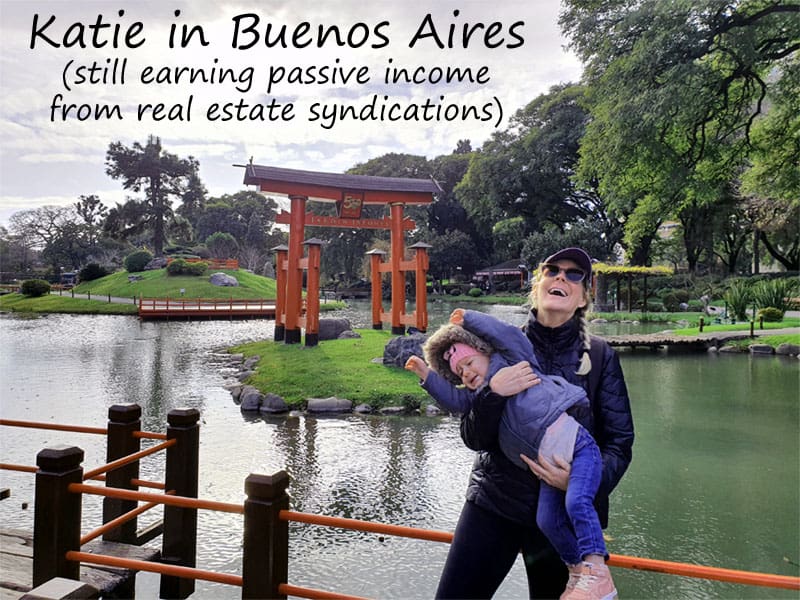
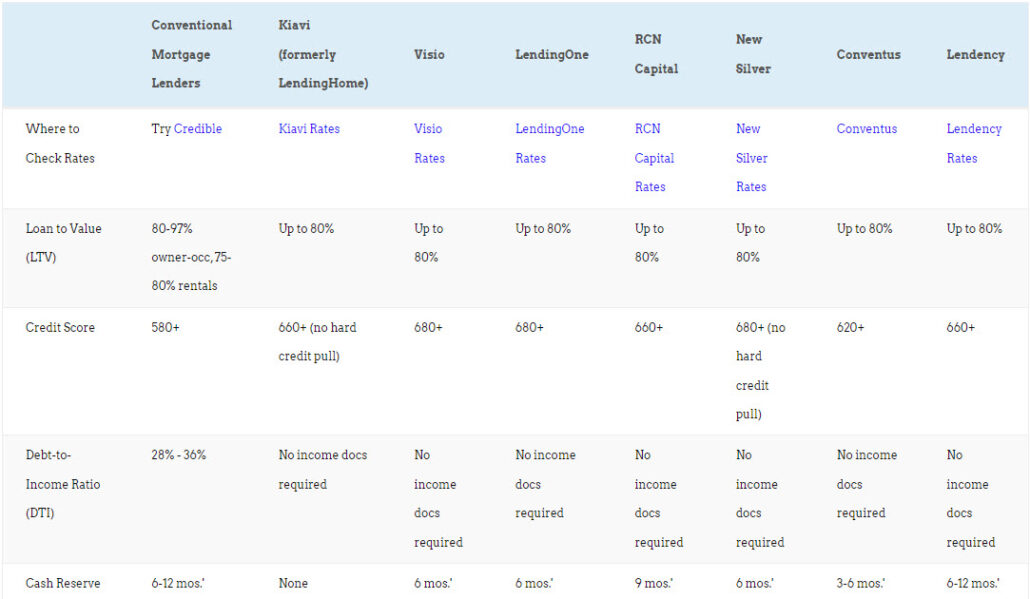
















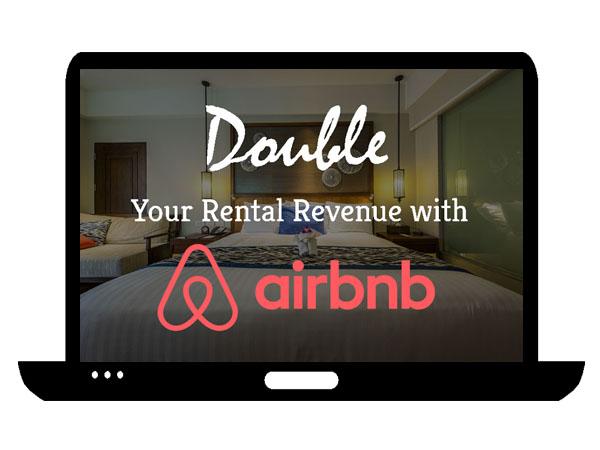





I can imagine the level of difficulty of the project. Very interesting!
Depends on the ADU project Mark!
That is a great idea to grow up the value of the property!
Right?
This is a great way to add value and productivity to your home! Thanks for sharing.
Agreed Hank!
I think this is a great add up value for student housing or similar exposure!
Agreed Erika!
Great read for anyone looking for innovative ways to generate additional income and improve their properties.
Thanks Brigette!